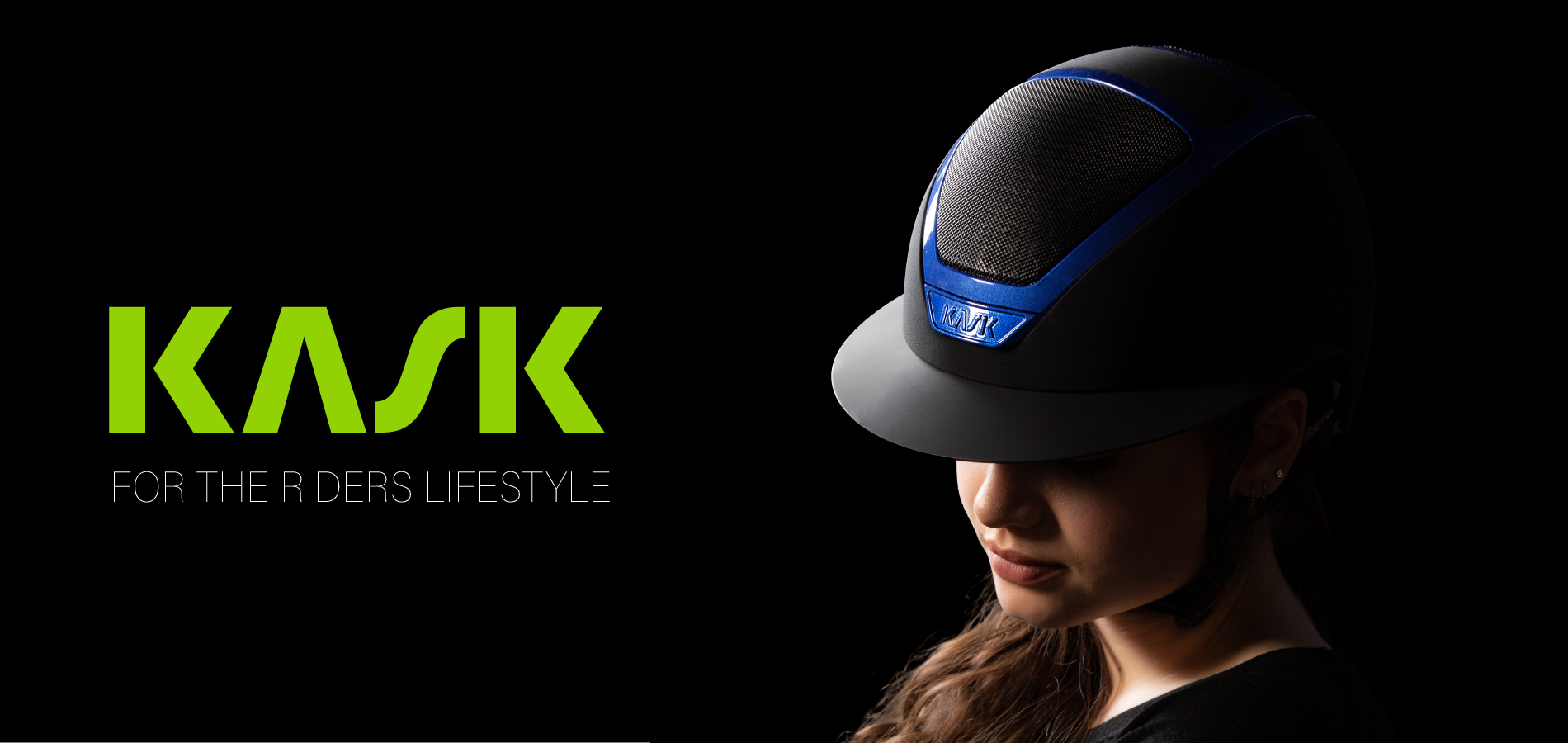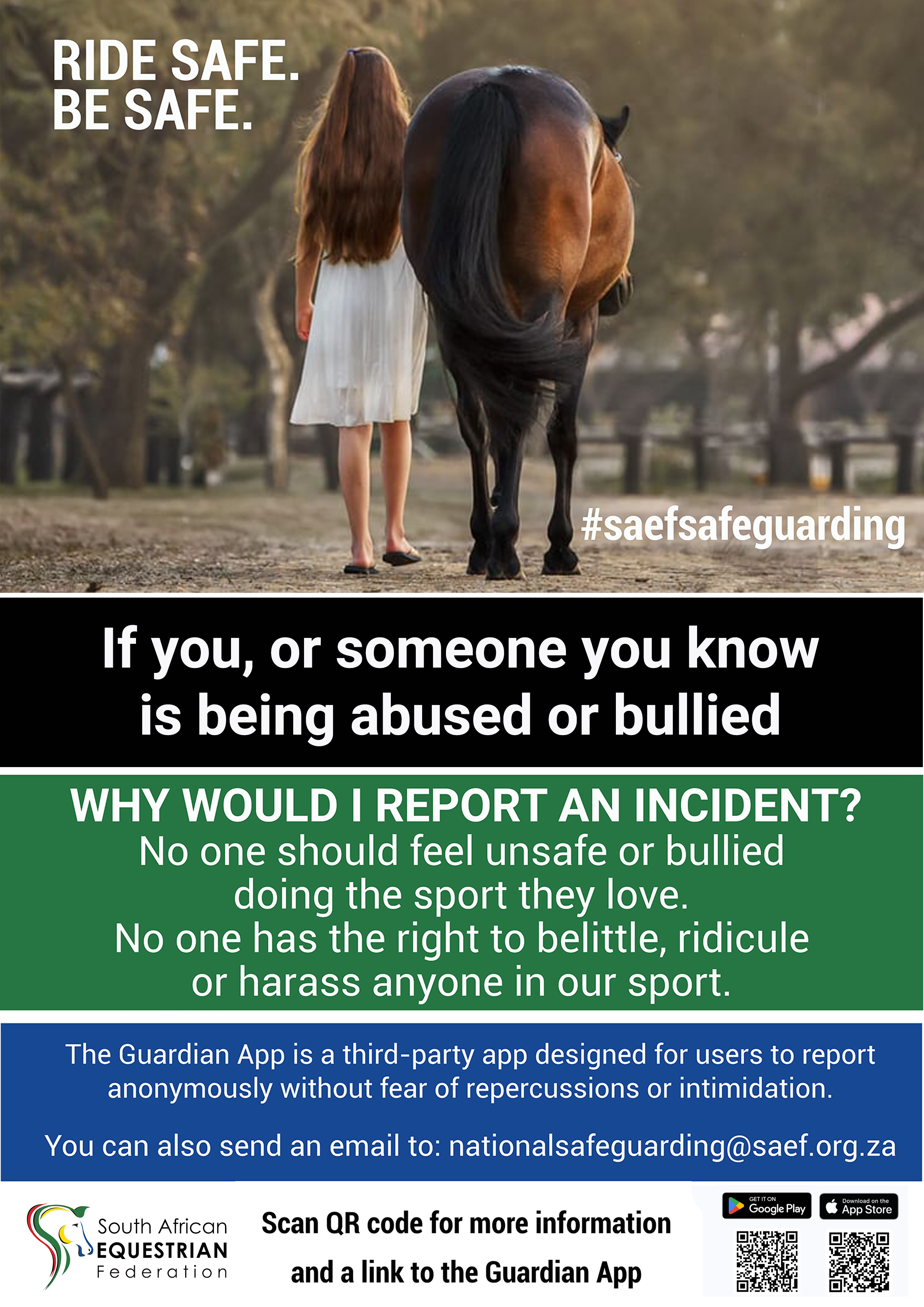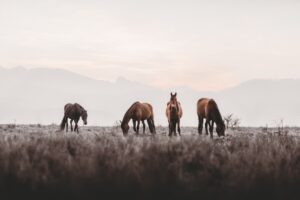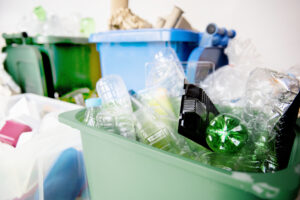Beneath the surface of the equestrian sport is a pressing issue that demands our attention: the imperative need for enhanced safety measures.
While countries like the UK and those under the Federation Equestre Internationale (FEI) have set high standards in equestrian safety, incorporating advanced safety gear such as vests, helmets, and safety stirrups, South Africa lags in adopting these life-saving protocols.
The stark reality is that equestrian sports, for all their elegance and excitement, carry inherent risks. Falls, injuries, and even fatal accidents can occur, making the use of specialised safety equipment not just advisable but essential for rider protection. Safety vests, designed to absorb impact and reduce the severity of injuries during a fall, along with helmets that protect against head trauma, are fundamental. Moreover, the introduction of safety stirrups, which prevent the rider’s foot from getting caught during a fall, can be a critical factor in avoiding catastrophe.
Inflatable safety vests
The journey toward enhanced rider safety has seen remarkable innovations, one of which is the development of advanced safety vests. Taking a cue from protective gear used in motorcycling and skiing, modern equestrian airbag vests represent a significant leap forward in safeguarding riders from the serious consequences of falls. The concept exemplified by products like the Seaver SAFEFIT airbag vest offers a compelling glimpse into the technology’s potential to revolutionise rider safety. The mechanics of these airbag vests are designed for optimal protection. Upon the occurrence of a fall, the vest activates ultra-fast, inflating before the rider impacts the ground. This rapid deployment ensures critical areas such as the abdomen, rib cage, neck, back, and especially the spine are cushioned, significantly reducing the risk of severe injury. The system, equipped with a CO2 gas cartridge connected to the saddle, ensures that the protective measures are engaged precisely when needed, with the vest inflating in milliseconds to provide a protective barrier around the rider. Made with stretch fabrics and designed for a snug fit, modern versions of these vests are lightweight, comfortable, and highly adaptable to various weather conditions and riding environments. The versatility of the vest allows it to be worn discreetly under competition jackets or over casual wear, making it a suitable option for daily use, regardless of the season. While the innovation of airbag vests represents a significant advancement in safety technology, it’s important to acknowledge the effectiveness of non-inflatable safety vests. These traditional protective vests, often made from foam or gel materials, have been a staple in rider safety for years. They are engineered to offer substantial protection by absorbing and dispersing impact forces, thus reducing the risk of serious injuries during a fall. Non-inflatable vests are appreciated for their immediate readiness, requiring no activation to provide their protective benefits. They are a preferred choice for many riders due to their versatility, durability, and the fact that they can be worn in all riding disciplines. Just as with airbag vests, modern non-inflatable versions are designed to be lightweight and comfortable, allowing for a full range of motion while riding.
Safety Stirrups Should Be Mandatory
The advent of safety stirrups marks an essential advancement in rider protection, offering an additional layer of safety that complements other gear like helmets and vests. These specialised stirrups, such as those developed by TechStirrups, underscore a commitment to enhancing the well-being of riders by introducing innovative features aimed at preventing foot entrapment during a fall. Safety stirrups represent a fusion of function, safety, and environmental consciousness. Whatever brand you select, make sure you choose a pair that is designed in compliance with the stringent equipment regulations of major international equestrian competitions, ensuring that they meet the highest standards of quality and safety. The importance of safety stirrups extends beyond their immediate functionality. By providing a mechanism that allows the stirrup to open under specific conditions— thus freeing the rider’s foot in case of a fall—they significantly mitigate the risk of serious injuries associated with being dragged. While there are dozens to choose from, ones with a spring mechanism ensure that the stirrup returns to its closed position automatically or a quick-release rubber mechanism eliminates any protruding parts that could harm the rider or horse. Features like these are essential in ensuring both the safety of the rider and the welfare of the horse, especially in disciplines that involve high speeds or complex manoeuvres. Think eventing, mounted games, showjumping, and even endurance.
No Hat No Ride
Among the most critical elements of a rider’s safety gear is the riding hat, a piece of equipment that has seen significant evolution in terms of design and regulation. In the UK, organisations such as British Eventing (BE), British Riding Clubs, and the Pony Club have taken commendable steps towards unifying helmet standards. Since 2018, a single “hat tag” system has been implemented, simplifying the process for riders to demonstrate compliance with approved safety standards across various competitions. The “pink” coloured tag for 2024 stands as a testament to these efforts, ensuring helmets meet the rigorous criteria set forth by governing bodies. The standards recognised by these organisations are comprehensive and inclusive of various international standards, highlighting the importance of globally recognised safety benchmarks. These include British and European standards like PAS 015 (2011) and VG01.040 2014-12, alongside American standards such as ASTM F1163 15 or 23, and the Australian and New Zealand standard AS/NZS 3838 2006 onwards, among others. Each of these standards is accompanied by marks from reputable certifying bodies like the BSI Kitemark, SEI Mark, and SAI Global mark, providing assurance of the helmet’s quality and safety efficacy. In stark contrast, the South African equestrian scene faces a pressing challenge with the prevalence of “cheap” riding hats that fail to meet these critical safety standards. This issue not only compromises rider safety but also underscores an urgent need for regulatory measures akin to those implemented in the UK. The disparity in safety equipment standards highlights a broader concern for rider welfare and the need for an industry-wide shift towards prioritising and enforcing the use of certified riding hats. As the UK continues to lead by example, setting stringent requirements for competition-grade helmets, it serves as a model for countries like South Africa to emulate. Implementing similar regulatory frameworks and promoting awareness around the importance of certified riding hats (and enforcing it at events) could significantly elevate the safety standards within South Africa.
Taking Safety Seriously
Yet, despite the clear benefits, the uptake of such safety measures in South Africa remains insufficient. This is not just a matter of individual choice but a reflection of broader issues within the equestrian community, including awareness, accessibility, and adherence to standards. The result is a gap between South Africa and global benchmarks that leaves riders at unnecessary risk. This isn’t about dampening the spirit of equestrianism or curtailing the freedom that comes with riding. On the contrary, it’s about ensuring that this freedom is enjoyed with the utmost safety, allowing riders to explore their limits while protected by the best gear available.
For more information regarding safety gear please visit https://www.equestrianhouse.co.za/

















